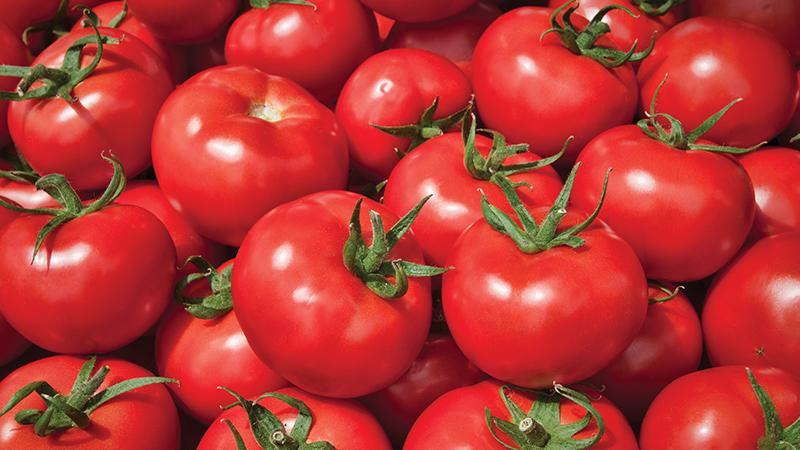Reflections on How the 21st Century Is Going So Far for Cherry Growing
It’s December 2021, a chance to reflect as the 21st year of the 21st century comes to a close. A (hopefully) once-in-a-100-year global pandemic is still impacting our daily lives in many, many tangible and mostly predictable ways. Furthermore, this past year has cast a very bright light on an increasingly temperamental climate that has led to a mix of many slightly abnormal events — an early bloom here, a temporary flood or drought there, another (!) early or late frost, an isolated burst of hail — and some amazing conflagrations hardly imaginable just a decade ago — multiple massive fires across the entire Western U.S., frequent and fierce hurricanes, weeks-long “heat domes” that cook developing fruit, and straight-line winds that lay down orchards like dominoes.
A reporter recently recalled this past summer and fall with a phrase that sticks with me — a “constant, dreadful background knowledge that the climate is breaking down around us.”
Fruit growers are on the front lines of climate change — our daily routine does not take place in a heated and air-conditioned office that masks unusual weather situations during the workday. For those who don’t work in agriculture, milder periods of winter don’t change their work schedule in ways that can drastically affect their income. If you’re a fruit grower in a mild climate (e.g., California), milder winters can mean insufficient chilling to achieve good bud break, bloom, fruit set, and adequate leaf area. If you’re a fruit grower in a cold climate (e.g., Michigan or Washington), milder winters can mean the breaking of dormancy in mid-winter, with increased risk of subsequent low-temperature damage to the tree’s conducting tissues, buds, flowers, and fruitlets. Both situations result in smaller and/or lower-quality crops and income.
CHANGING TRENDS
Jeff Andresen, the Michigan State University Climatologist, has compiled many fascinating (and sobering) climatic records from the past 120-plus years that illustrate not only the huge variability of climatic events year-to-year but also significantly changing trends. The graph of annual precipitation in the Traverse City cherry production region has clear implications for sweet cherry growers and their risk for fruit cracking. Since World War II, average rainfall has increased by 10%. Furthermore, extremely rainy years are clearly increasing in magnitude. While these data indicate that low rainfall years are decreasing, that does not mean that periodic droughts might be less frequent — they may simply be masked by higher individual rainfall events that contribute to the higher annual averages.
Jeff has similar historic data that shows the date when tart cherry trees begin the “side green” stage of bud development in spring now averages 10 days earlier than the 45-year period before WWII. Furthermore, the frequency and extreme values for spring frosts also have increased during this period, resulting in earlier bloom and higher probability of damaging low temperatures.
In significant ways, these climatic events are like the COVID pandemic — calamitous situations that have little to do with political viewpoints, as they are indiscriminate in their unfettered, direct effects on humans. Our responses often tend to be colored by politics, but when our lives, and livelihoods, are impacted by the natural world, we best react by turning to what is known scientifically about the forces of nature, be it microscopic viral particles, local air currents, and immune system reactions, or global air and ocean temperatures and currents that drive the planet’s complex weather systems.
Recognizing patterns is a foundation of science — the patterns of leaf, branch, and flower formation guide the way we intervene, how we choose to prune and train to shift those patterns to make fruit production more efficient. Equally comparable is to how we choose to intervene (or not) in an infestation of fruit-damaging insects, or intervene (or not) in a pandemic, or intervene (or not) in a changing climate.
Here’s to hoping for fading COVID impacts in the coming year, the renewed promise each spring brings for an excellent fruit crop, and that the portion of society whose livelihoods are not tied so intimately to the land will continue to gain an appreciation for the challenges ahead for we who strive to produce quality fruit in a clearly changing climate.










